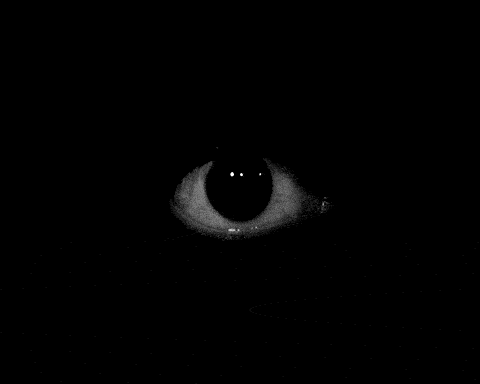In the shadowy corners of human history, tales of cannibalism have both horrified and fascinated societies across the globe. The idea of people eating other people is forbidden and threatens civilization from the ground up.But the truth is, there have been cannibals, and the history of crime and punishment contains accounts of them. This article explores the dark world of cannibalism and shares the horrifying tales of four individuals who gained notoriety for their ravenous appetites for human flesh. These are terrifying tales that linger in people’s thoughts long after they have committed crimes. They are the stuff of nightmares.
Chapter 1: The Voracious Monster
Few names are as closely associated with cannibalism in the annals of criminal history as Jeffrey Dahmer, dubbed the Milwaukee Cannibal. Dahmer murdered and dismembered seventeen young men during his horrific spree in the latter half of the 20th century. His crimes included not just of violent deeds but also of a number of heinous ceremonies that involved eating human flesh. A place where the distinction between man and monster was blurred, Dahmer’s flat was a “charnel house,” leaving a horrific legacy that would eternally stain people’s perceptions
Chapter 2: A Ghastly Gourmet’s Tale
Albert Fish, an embodiment of evil, was a child predator and cannibal whose crimes in the 1920s and 1930s shocked the nation. Fish’s perverse appetite extended beyond the murder of his victims; he took a ghastly pleasure in cooking and consuming their flesh, considering himself a connoisseur of the macabre. His letters to the families of his victims, detailing his cannibalistic feasts, revealed a mind warped by its own depraved fantasies, a tale of horror that would leave an indelible mark on the American consciousness.
Chapter 3: Banquets of the Damned
Cannibalism was a hideous aspect of Chikatilo’s method of operation, which led to the deaths of at least 52 women and children during his reign of terror The Soviet authorities’ initial denial of his existence allowed Chikatilo to conduct his banquets of the damned, feasting on the most vulnerable with impunity. His capture and subsequent execution did little to erase the memory of his heinous acts from the collective memory of a nation.
Chapter 4: The Flesh Feaster’s Legacy
Issei Sagawa, a Japanese man who in 1981 in Paris, committed an act so heinous it would catapult him into the realm of infamy. After murdering a fellow student, Sagawa engaged in acts of cannibalism, driven by a twisted obsession with Western women. Despite the gravity of his crime, legal loopholes and mental health considerations led to his release, allowing Sagawa to return to Japan. His notoriety followed him, and he became an unsettling pop culture figure, a flesh feaster whose legacy raises troubling questions about society’s fascination with the macabre.
The accounts of these four actual cannibals are not only accounts of personal lunacy; rather, they serve as mirrors for the worst aspects of the human nature. These ravenous beasts, horrifying chefs, and feasts for the damned are macabre reminders of the thin line dividing civilisation from barbarism.. The legacy of these flesh feasters continues to unsettle us, compelling us to confront the horror of what humans are capable of and the morbid curiosity that these tales of terror inspire. As we close the book on these feast of horrors, we are left to ponder the enigma of evil and the chilling allure of the abyss that beckons from the fringes of humanity.


